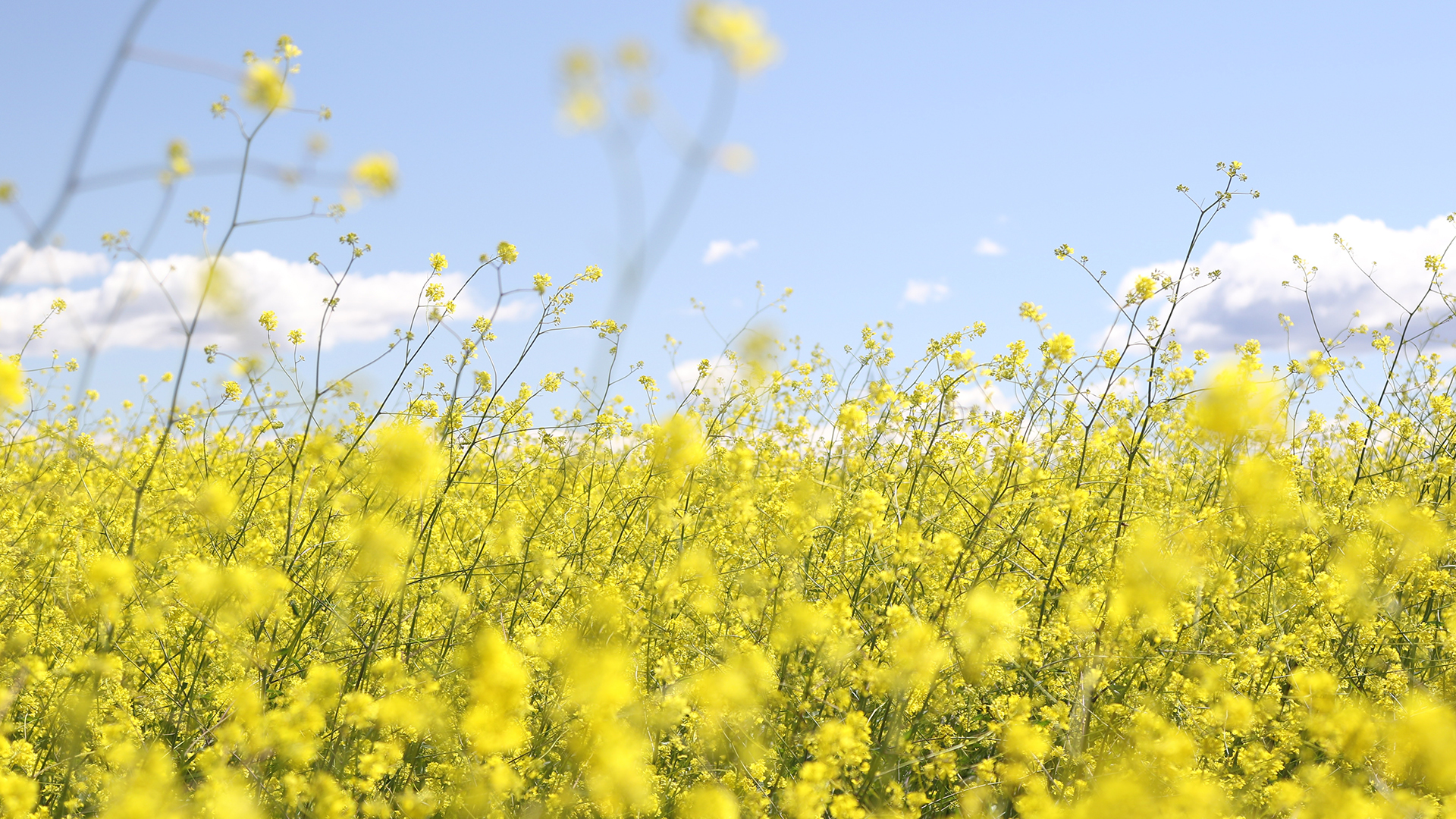How does weather affect pollen and can pets get hay fever?
With high levels of pollen forecast for much of the UK, we look at how weather affects pollen, the impact of hay fever, and how our pets can be affected.
Pollen is the fine powder you often see floating around, especially during spring and summer. It's released by plants and trees as part of their reproductive process. While it's crucial for plant life, it can be quite bothersome for those of us with allergies.
How Weather Affects Pollen
Weather significantly influences pollen levels in the air. On humid and windy days, pollen spreads more easily, exacerbating allergies. Conversely, rainy days can help clear pollen from the air, providing some relief. Sunny days often have the highest pollen counts in the early evening, which can be particularly challenging for hay fever sufferers.
The threshold for a high pollen count varies depending on the type of pollen. Once measured, the number of pollen grains is represented per cubic metre of air. Hay fever symptoms typically begin to appear when the pollen count exceeds 50 grains per cubic metre.
For grass pollen, a count between 50 and 150 grains per cubic metre is considered high. For birch pollen, a count between 81 and 200 grains per cubic metre is deemed high. It's important to note that individual sensitivity to pollen can vary, so some people may experience symptoms at lower counts while others may tolerate higher levels without issue.
READ MORE: When is hay fever season in the UK?
Hay Fever
Hay fever, also known as seasonal allergic rhinitis, is the most common pollen allergy. It's primarily triggered by grass pollen, though tree and weed pollens can also cause symptoms. Approximately 20% of people suffer from hay fever, with over 10 million affected in Britain alone. Symptoms include frequent sneezing, a runny or blocked nose, itchy eyes, and an itchy throat, mouth, nose, and ears. For those with asthma, hay fever can worsen symptoms, leading to a tight chest, shortness of breath, coughing, and wheezing.
Pets and Hay Fever
Did you know that pets can also suffer from pollen allergies? High pollen counts during summer can cause irritation and discomfort for pets with allergies. Symptoms in pets include licking or biting their paws, excessive scratching, redness of the skin, shaking their head, rubbing their ears or muzzle, and lethargy. If you notice these signs, particularly in summer, it's a good idea to consult your vet to check for allergies.
Your vet might prescribe medication to help manage your pet's symptoms. Additionally, there are several steps you can take to reduce your pet's exposure to pollen:
- Check the pollen forecast daily.
- Avoid walking your pet during peak pollen times (early morning and late evening).
- Keep pets on a lead near grass to prevent them from rolling in pollen.
- Wipe their paws and muzzle after walks.
- Groom pets regularly to remove pollen from their fur.
- Wash their bedding weekly to prevent pollen buildup.
- Consider skin supplements or oils to strengthen their skin barrier against pollen.
READ MORE: Met Office Pollen Forecast 2025: What you need to know
🐝 The Met Office Pollen Forecast is now LIVE.
— Met Office (@metoffice) March 20, 2025
🌳 Tree pollen season has already begun, with birch pollen levels expected to be high this year.
🔔 📱 Get 5-day forecasts & pollen alerts sent straight to your phone - download our app or visit our website.#Hayfever #Pollen
🧵
Met Office Pollen Forecast
The Met Office provides a pollen forecast, which is useful for planning your day. The pollen count measures the number of pollen grains per cubic metre of air over 24 hours. When the pollen count exceeds 50, hay fever symptoms typically appear.
To stay updated on pollen levels, you can download the Met Office Weather App. It provides the latest pollen forecasts, helping you plan your activities and minimize exposure.
Keep up to date with weather warnings, and you can find the latest forecast on our website, on YouTube, by following us on X and Facebook, as well as on our mobile app which is available for iPhone from the App store and for Android from the Google Play store.






